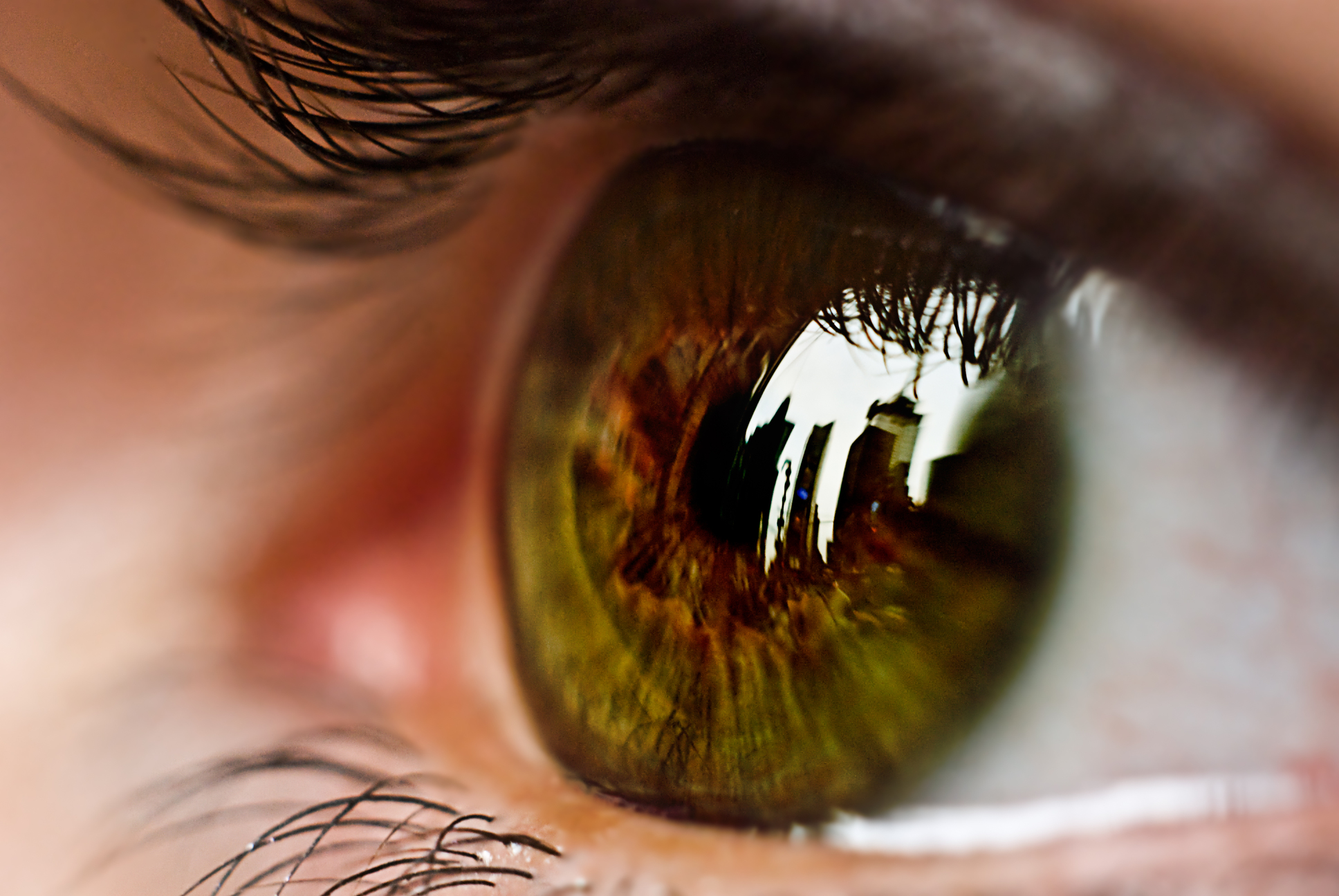A wide differential diagnosis must be considered in a patient presenting with urticarial plaques. Although acute and chronic urticaria are the commonest diagnoses, other differential diagnoses include polymorphous eruption of pregnancy, mast cell disorders, hypereosinophilic syndrome, urticarial vasculitis, pemphigoid, systemic lupus erythematosus, and autoinflammatory disease.
This review will specifically address urticarial vasculitis and autoinflammatory syndromes. These entities represent contrasting examples of urticarial-like lesions resulting from either an adaptive immune complex-mediated mechanism (urticarial vasculitis) or an innate immune-mediated mechanism (autoinflammatory disorders), with differing therapeutic implications.
In patients presenting with painful, persistent plaques that last more than 24 hours and resolve with bruising of the skin, consideration should be given to a diagnosis of urticarial vasculitis. A biopsy should be obtained to ascertain this diagnosis.
In patients presenting with a persistent history of recurrent urticarial plaques associated with signs of systemic inflammation including fevers and elevated inflammatory markers (C-reactive protein [CRP]/serum amyloid A, leukocytosis, and negative connective tissue serologies), consideration should be given to autoinflammatory disorders: the 3 cryopyrin-associated periodic syndromes, Schnitzler syndrome, and familial cold autoinflammatory syndrome 2. Serum protein electrophoresis should be checked to rule out an underlying monoclonal gammopathy.
.






